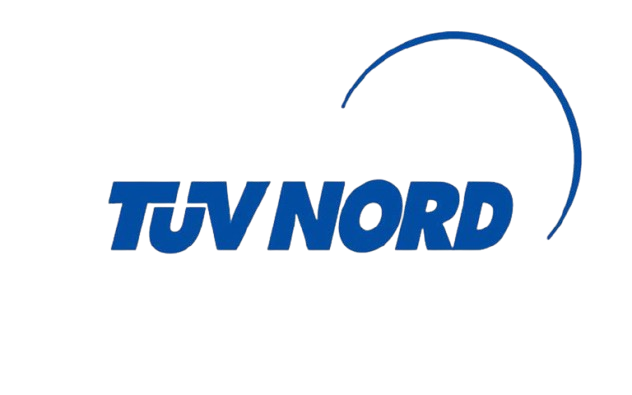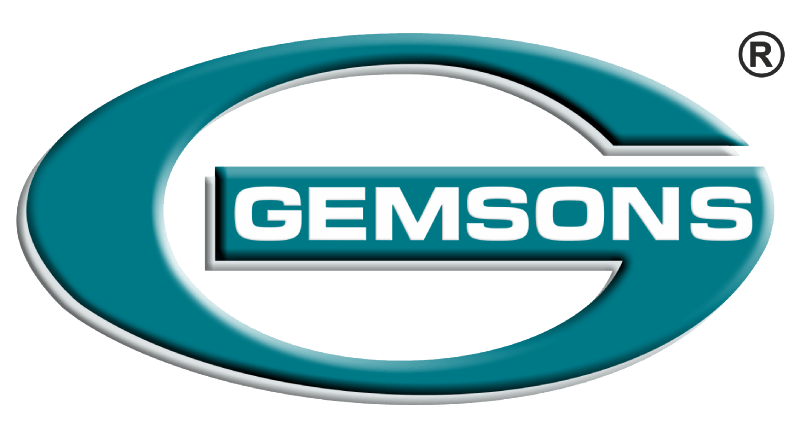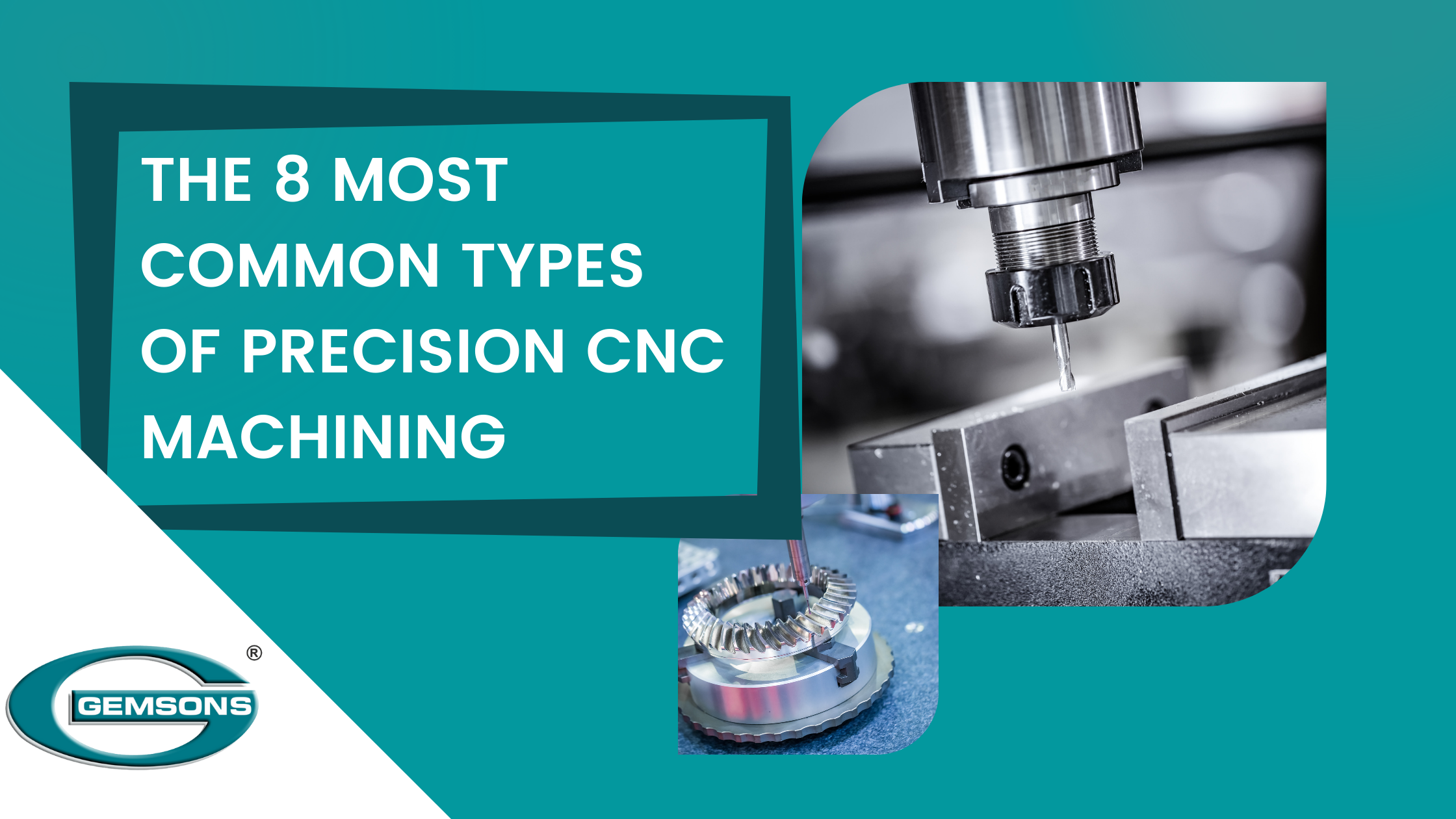CNC machining is a generic name for many machining processes. The machine’s programmed characteristic allows it to do various tasks with minimum human control—using CNC machined components for manufacturing. The material is removed from a stock workpiece or bar to simulate a final part.
CNC machining has several advantages over non-CNC machining. Reduced cycle durations, better finishes, and simultaneous completion of numerous features may increase quality and consistency. It is ideal for medium and large-volume tasks requiring precision and complexity.
Below we discuss the main types of precision CNC machining.
CNC Lathes and Turning Machines
CNC lathes and turning machines may rotate materials during machining. These machines use linear cutting tools to remove material around the circle of the revolving bar stock until the required diameter is reached.
A CNC lathe or a CNC turning machine may generate internal and external components such as drilled holes and threads. CNC machined components include screws, bolts, shafts, and poppets.
CNC Milling Machines
CNC milling machines may rotate cutting tools while keeping the workpiece/block stationary. They can mill face-milled features and peripheral milled features.
CNC milled components are usually square or rectangular and feature-rich.
CNC Laser Machines
An angled laser router on CNC machined components accurately cuts, slices, or engraves materials. The laser warms the material, causing it to melt or evaporate, cutting it. The material is usually in a sheet shape, and the laser beam passes across it to cut it precisely.
Unlike typical cutting equipment, this procedure frequently produces cuts and edges that do not need additional finishing operations.
Electrical Discharge Machines,
A CNC electric discharge machine shapes materials using precisely controlled electrical sparks. It is sometimes termed spark machining, die sinking, or wire burning. The gadget is configured to generate an electrical discharge from the wire, causing severe heat. It is melted or flushed with liquid to shape or highlight the material.
EDM often creates micro-holes, slots, tapered or angled features, and other complex shapes. It is usually used for hard metals that are difficult to machine. The usual gear is a perfect illustration.
CNC Plasma Cutting Machines
Materials are also sliced using CNC plasma cutters. But they do it using a computer-controlled high-powered plasma torch. Plasma torches work similarly to hand-held gas welding torches but reach 50,000°F. The plasma torch melts through the material to form a cut.
Any CNC plasma cutting material must be electrically conductive.
Precision CNC machining is used in manufacturing to produce CNC machined components. There is generally an optimal way for providing the intended output depending on the environment, material, lead time, volume, budget, and features.
CNC Waterjet Cutting Machine
CNC Waterjet cutters employ high-pressure water jets to cut materials. Plastic and aluminum are common materials that need CNC Water-jet Cutting because they are temperature sensitive and may melt at high temperatures.
CNC Grinder
Unfinished machined parts are polished using CNC Grinder abrasives. Grinders are often employed in demanding exceptional accuracy, such as engine machining. Generally, a CNC Mill or Lathe creates the rough surface first, followed by a CNC Grinder for the final finish.
These are the most prevalent CNC machined components nowadays. The machine to choose depends on the project, the precision necessary, the budget, and the time available.



Recent Comments